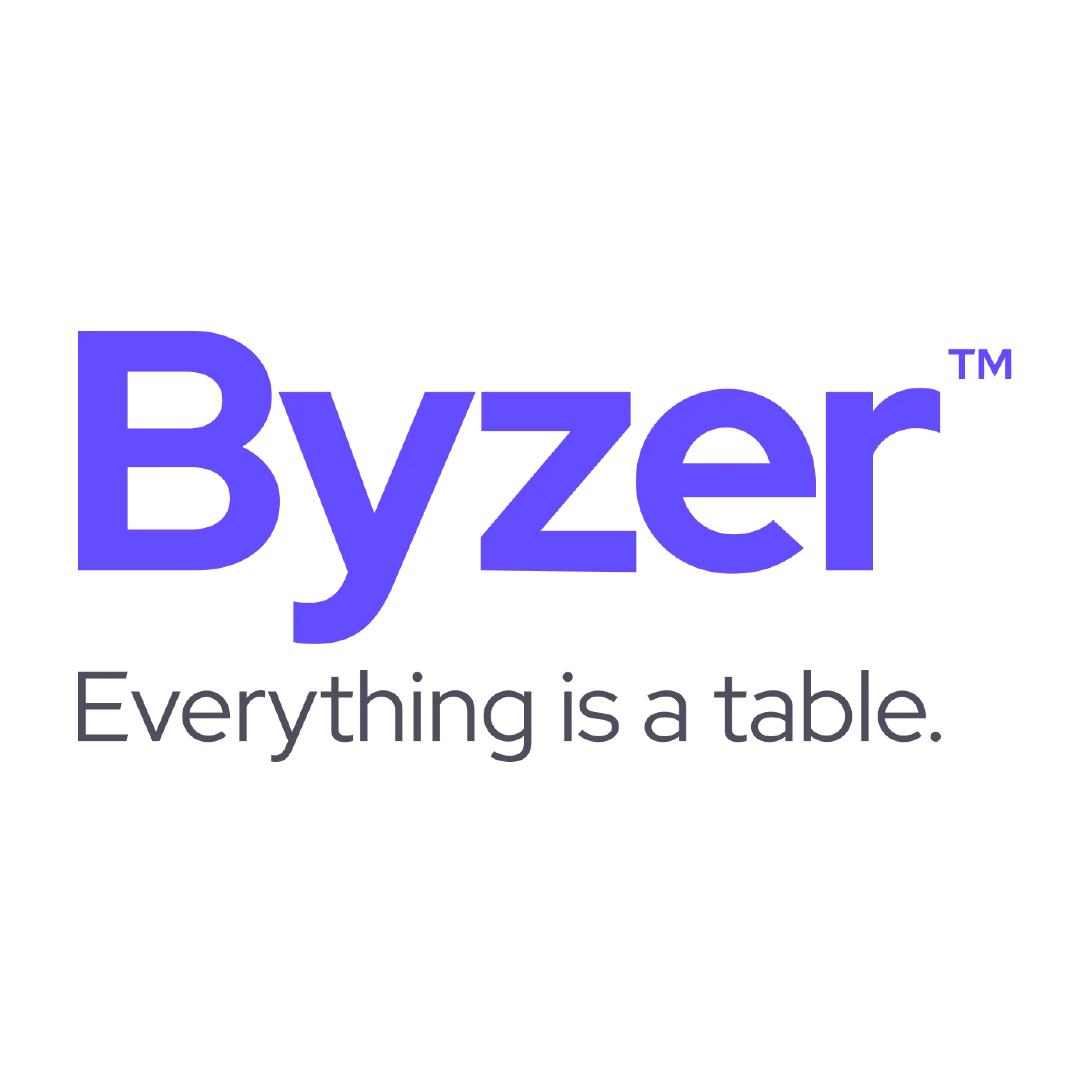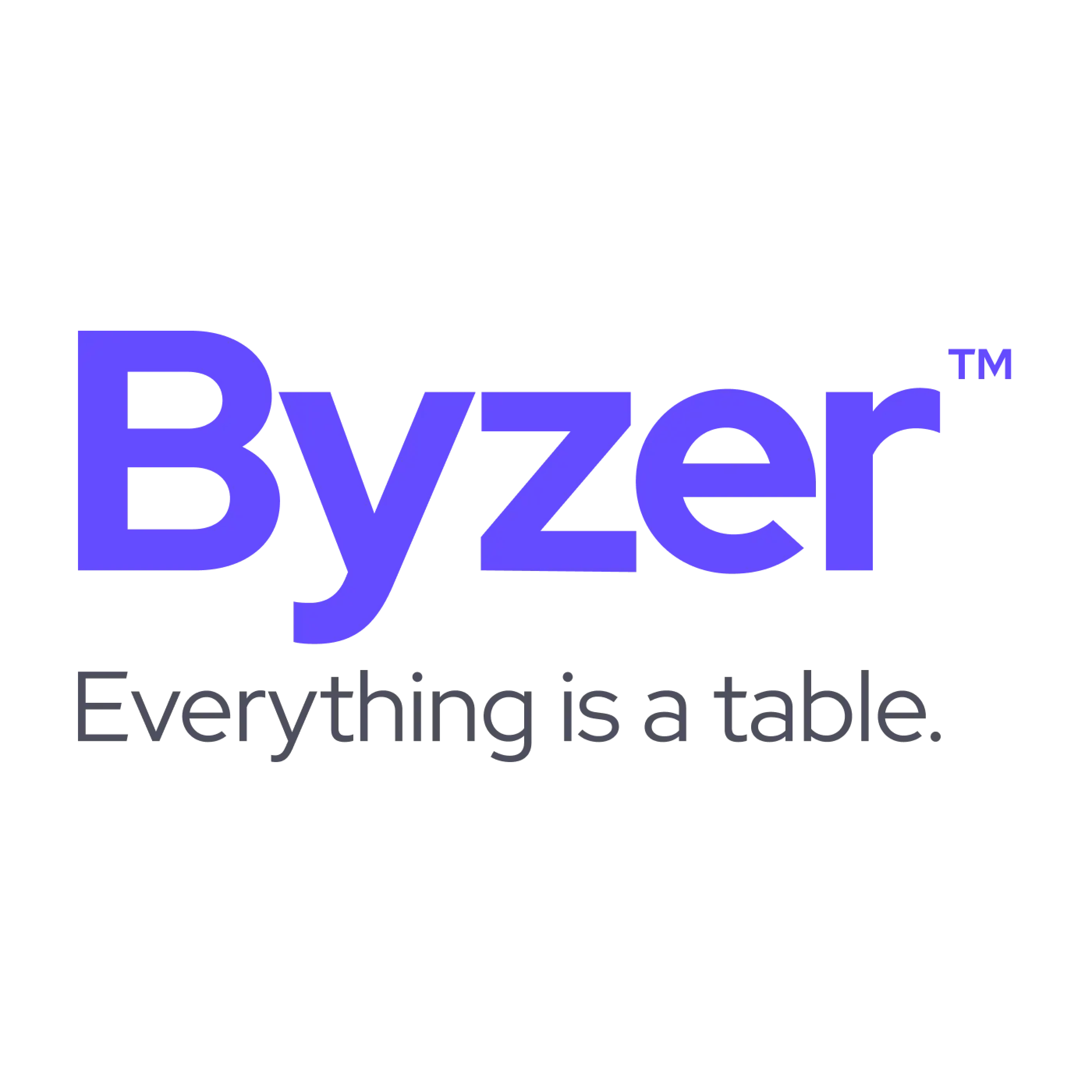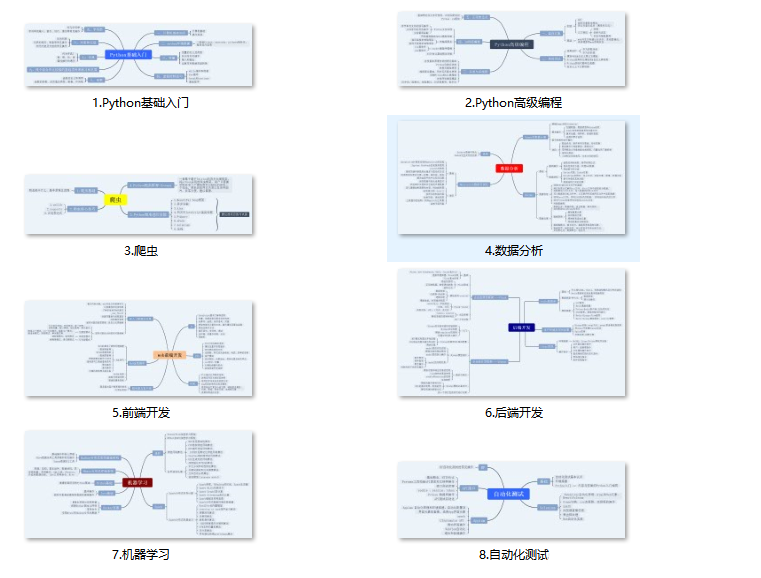构建向量索引库
·
前面我们启动了大语言模型,向量模型,现在我们可以准备数据,构建向量索引了。
准备数据
首先拉取 Byzer 文档:
-- 拉取 byzer文档
!sh git clone "https://gitee.com/allwefantasy/byzer-doc.git" "/home/byzerllm/projects/temp/byzer-doc";接着加载 Byzer 文档:
-- 加载Byzer文档数据
load text.`file:///home/byzerllm/projects/temp/byzer-doc/byzer-lang/zh-cn/**/*.md` where
wholetext="true"
as byzerDoc;
select file as source, value as page_content from byzerDoc as newData;注意,我们这里使用了 wholetext="true" 参数,这个参数会让 Byzer 加载整个文件为一行,而不是将文件切割按行加载。 其次,构建索引的表必须包含 source, page_content 两个字段。
构建索引
!byzerllm setup single;
!byzerllm setup "rayAddress=192.168.2.168:10001";
!byzerllm setup "num_gpus=0";
run newData as TableRepartition.`` where partitionNum="1" as newData2;
-- 使用业务数据构建向量数据库
run command as LLMQABuilder.``
where inputTable="newData2"
and batchSize="0"
and chunkSize="2000"
and chunkOverlap="200"
and embeddingFunc="emb"
and chatFunc="llama_30b_chat"
and url="http://192.168.2.168:9003/model/predict"
and outputTable="byzer_docs_vdb_model";
-- 保存到数据湖
save overwrite byzer_docs_vdb_model as delta.`ai_model.byzer_docs_vdb_model`;这里,我们使用了 LLMQABuilder 函数,该函数会将输入的数据,使用 embeddingFunc 函数进行向量化,然后使用 chatFunc 函数进行问答,最后将结果保存到 outputTable 指定的表中。最后将结果持久化到数据湖里。
注意,你需要将 url 参数修改为你的大模型服务地址。
LLMQABuilder 的参数,我们有如下 markdown 格式的表格:
| 参数名 | 说明 |
|---|---|
| inputTable | 输入表 |
| batchSize | 每次向量化的批次大小,现在请务必设置为 "0" |
| chunkSize | 将 page_content 切割成chunk, 每个chunk的大小 |
| chunkOverlap | 每个chunk 互相重叠的字数 |
| embeddingFunc | 模型准备阶段启动的向量模型对应的函数 |
| chatFunc | 模型准备阶段启动的大语言模型对应的函数 |
| url | 大模型服务地址 |
| outputTable | 输出表 |
| promptPrefix | bge 向量模型特有的参数。对于QA类场景,中文模型可以将该值设置为: 为这个句子生成表示以用于检索相关文章:,英文模式设置为: Represent this sentence for searching relevant passages: |
更多推荐
 已为社区贡献106条内容
已为社区贡献106条内容









所有评论(0)